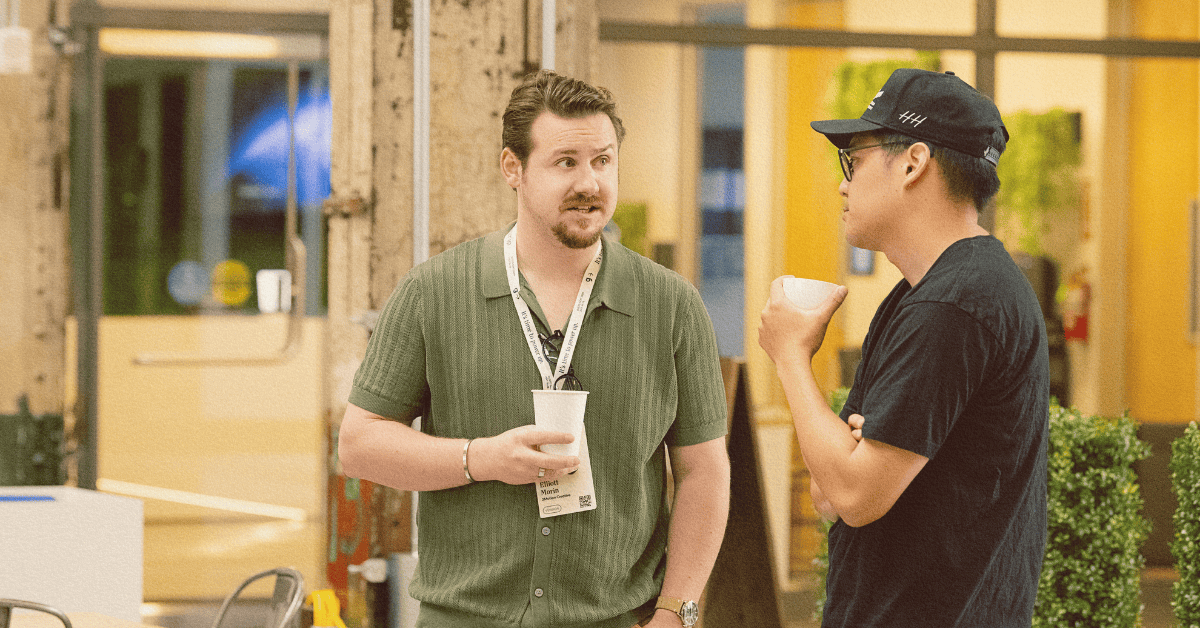Video production is never just about cameras and scripts. It’s about people working together. And the glue that holds everything in place? Communication.
Without it, schedules slip, budgets stretch, and even the best creative ideas lose impact. With it, projects move forward smoothly, and teams deliver results that hit the mark.
Here’s why communication makes or breaks a video production, and how to keep it strong at every stage.

Every successful video starts with a clear brief. If your production team doesn’t know the message, audience, or goals, they’re left making assumptions. And assumptions cost time and money.
Write briefs that answer three key questions: Who is this for? What’s the core message? What does success look like?
A well-written brief gives everyone (from producers to editors) a shared vision. It reduces back-and-forth later and ensures creative energy is spent on execution, not interpretation.
Want your next video to hit the target from day one? 3Motion aligns teams with clear, focused briefs, so the story moves in the right direction from the start.
Silence isn’t progress. It’s a risk. When teams don’t check in regularly, small issues grow into major problems. A quick status update can prevent a missed deadline or an overlooked detail.
Pro Tip:
Keep check-ins short and structured. Focus on updates, blockers, and next steps, not endless chatter.
Consistent communication builds accountability and momentum. Everyone knows what’s done, what’s next, and what needs fixing. That’s how you keep projects moving forward without surprises.
Want fewer delays and smoother shoots? 3Motion keeps communication flowing, so progress never stalls.
Unclear or conflicting feedback is one of the biggest killers of production timelines. “Make it pop” or “Try something else” doesn’t help your editors. It actually slows them down.
Give feedback that’s specific, actionable, and consolidated. Appoint one person to gather final notes before they go back to the creative team.
Strong communication in reviews reduces revision rounds, saves budget, and keeps morale high. Clear feedback isn’t just polite. It’s also productive.
Want revisions that move projects forward, not backward? 3Motion builds feedback systems that cut confusion and keep edits on point.
When clients, teams, and creatives are all involved, things can get messy fast. The solution? Transparency. Share updates openly, flag risks early, and make sure no one is left in the dark.
Use one shared project hub (like Trello, Notion, or Frame.io) to keep all updates, files, and notes in one place.
Transparent communication creates trust, and trust creates smoother projects. When everyone knows what’s happening, they’re more likely to collaborate and less likely to second-guess.
Want a production team you can trust? 3Motion keeps every detail visible so you feel confident from kickoff to final cut.
At the end of the day, the difference between a stressful shoot and a successful one is communication. The better it flows, the smoother the process and the stronger the final result.
Always close a project with a quick debrief. Review what worked, what slowed things down, and how communication can be improved for next time.
At 3Motion, we’ve seen how powerful communication can be. It keeps teams aligned, clients informed, and creativity flowing so projects don’t just get done, they get done well.
Ready for a production team that communicates clearly at every step? Let’s move forward together. 3Motion is here to keep your project in motion.
Video production is never just about cameras and scripts. It’s about people working together. And the glue that holds everything in place? Communication.
Without it, schedules slip, budgets stretch, and even the best creative ideas lose impact. With it, projects move forward smoothly, and teams deliver results that hit the mark.
Here’s why communication makes or breaks a video production, and how to keep it strong at every stage.
Every successful video starts with a clear brief. If your production team doesn’t know the message, audience, or goals, they’re left making assumptions. And assumptions cost time and money.